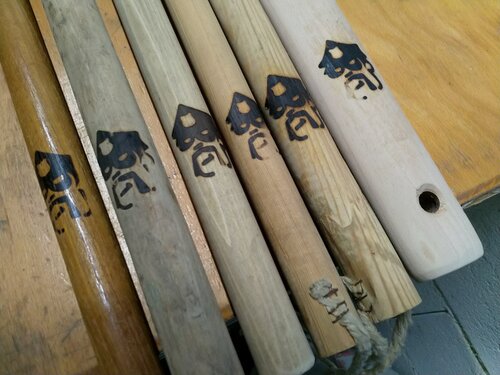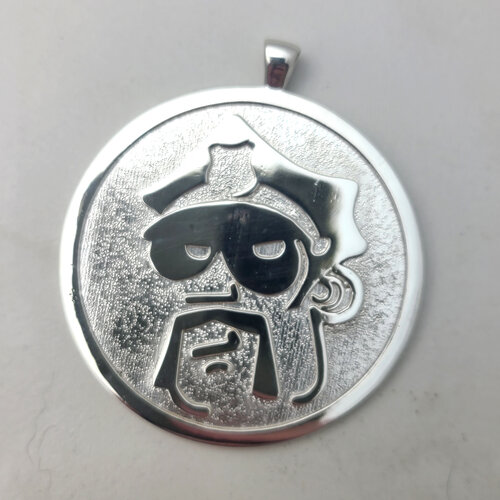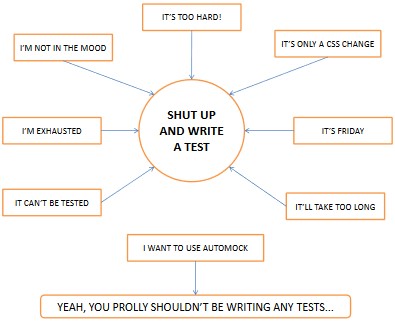 I like personal branding and use a lot of branded items. Besides my obvious Code Cop business cards, I use "Code Cop approved" buttons and stickers as giveaways. I wear my Code Cop shorts and hoodies when meeting new clients and when speaking at conferences. I enjoy keeping track of my reading progress using my Code Cop hand crafted book marks. What else could there be? After the embroidery prototype I was looking for something new to add to my branding toolbox.
I like personal branding and use a lot of branded items. Besides my obvious Code Cop business cards, I use "Code Cop approved" buttons and stickers as giveaways. I wear my Code Cop shorts and hoodies when meeting new clients and when speaking at conferences. I enjoy keeping track of my reading progress using my Code Cop hand crafted book marks. What else could there be? After the embroidery prototype I was looking for something new to add to my branding toolbox.Branding Iron
I have no memory of how I ended up with the idea, but I got a Code Cop branding iron. No I do not own any cattle or sheep which I need to mark, but at least "branding iron", gives a new meaning to "developer branding". My branding iron, see its picture on the right, needs to be plugged into electricity to warm up and after ten minutes it is ready. I have no idea how I will use it professionally - I am not selling anything in wood crates that could be marked - but I have a lot of fun marking everything in the house: For example, all my Escrima sticks and tool handles are clearly Code Cop's now.

Medallion
Later, after watching Netflix' The Witcher, I toyed with the idea of a Code Cop medallion, like Geralt is wearing. The Witcher's medallion is pretty large and has a raised and relief design, which means part of the silver wolf's head has a 3D effect. I searched online shops for some month for custom pendants. Most places offer two dimensional ones, using vector graphics to drive the cutting or engraving machine. I tested one such design with a simple pattern. The pendant was fine but it was too thin and flat for me. That was not what I had envisioned.
Eventually I found Lucas from Valeria Custom Jewellery who offered similar custom pendants. He 3D printed a mold and casted silver to create the three dimensional form on top of a large medallion. He sent me several work in progress images to check. During the whole process the cost went over the top, as I wanted a certain (too) large size, then shipping and tax for goods from overseas added on top. The total cost makes me wary to wear it. Further my wife keeps reminding me that I am not a rapper with their oversized and lavish jewellery ;-) While I am not wearing it, my Code Cop medallion is my most favourite branded item, sitting on my work desk right in front of me.

To make my medallion more "magic" like Geralt's one, I fancy some engraving at its flat, smooth back. Maybe some piece of source code that is of general significance? Which code would that be? Surely code like the Apollo-11 guidance system or the first Linux kernel are relevant. There are some collections like Computer History Museum's source code. Usually these are many pages of assembly. As the medallion is small compared to that, the code would have to be really short, a few statements at most. Maybe I will go with Greg Walsh's famous Fast Inverse Square Root calculation from Quake III source code: 0x5f3759df.
















